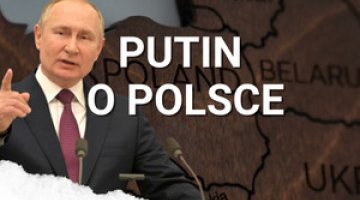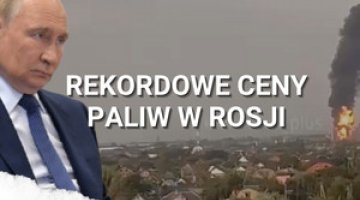Russia: government and opposition mobilise their supporters
On 4 February, demonstrations by both opponents and supporters of Vladimir Putin were held in Moscow and many Russian cities. The Interior Ministry reported that 91 rallies (both opposition and pro-government) were held on that day in 63 regions of Russia. The biggest opposition demonstration, on Moscow’s Bolotny Square, numbered between 36,000 (according to the Ministry) to 120,000 (the organisers’ figure). In St. Petersburg, between 5,000 and 30,000 people protested against Putin. Meanwhile, supporters of Putin gathered at Poklonnaya Gora in Moscow; according to the police they numbered about 134,000 people (although the independent media put that figure at about 30-35,000 people).
Commentary
-
The attendance at the Moscow march and rally against electoral fraud and the policies of Vladimir Putin shows that the dynamic of the protest has not slackened, and is even gathering pace. Despite the biting cold and the disputes between the protest movement’s informal leaders, the demonstration attracted more participants than the previous rallies. This sustained civic action confirms a break in the previous attitudes of passivity and apathy among Russian society. The proximity of the presidential elections, which are scheduled for 4 March, suggests that the mobilisation of the ‘discontented’ will increase. Another demonstration was announced for February 26.
-
This protest is civic in its nature. The demonstration was attended by many people who have never been linked to any political structures, and the speakers were not dominated by opposition politicians, but rather by representatives from the media and culture. At the same time, the protest was attended by communists, radical leftists and nationalists (who marched in columns along other protesters). We can see an evolution in the slogans raised by the protesters – most of them are now addressed directly to Putin (‘Not a single vote for Putin’, ‘Russia without Putin’). Therefore, the protest is becoming more anti-Putin in nature, and the disparaging statements the Prime Minister has made about the protesters and their demands serve only to foment their discontent.
-
The support for Vladimir Putin was of a different character. Although it was officially stated that these rallies were larger than those of the ‘discontented’, they were not a spontaneous expression of social activity. They were organised from above: the administrative apparatus was mobilised, including the regional authorities and the All-Russian National Front. There were reports that whole bodies of public-sector workplaces (teachers, postal workers, institutions of force) were forced to participate in the rallies, as were employees of large companies (such as Rosneft and Transneft), and some groups of people were paid to take part in these rallies. This demonstrates what kind of support Vladimir Putin has: although he can count on the genuine support of about half of the citizens, it is mostly passive, and his supporters are barely involved in any grass-roots actions, nor do they openly express their political views.
- The government’s attitude shows that they are not seeking to neutralise the anti-Putin protests by means of dialogue with the ‘discontented’. The ruling group under Putin has adopted a dual strategy before the elections. First, they are consistently trying to discredit their opponents, accusing them of being inspired by the US, and of trying to start an ‘Orange Revolution’ in Russia. Secondly, they are determined to show a counterweight to the ‘discontented’, to demonstrate that Putin’s political mandate is not shrinking, and that a much larger part of society supports him than those who belong to the anti-Putin movement. Putin’s electoral strategy has largely been shaped in response to the opposition’s activity, which now constitutes Putin’s greatest political challenge, not only in the context of the upcoming elections, but also that of his continued rule.





